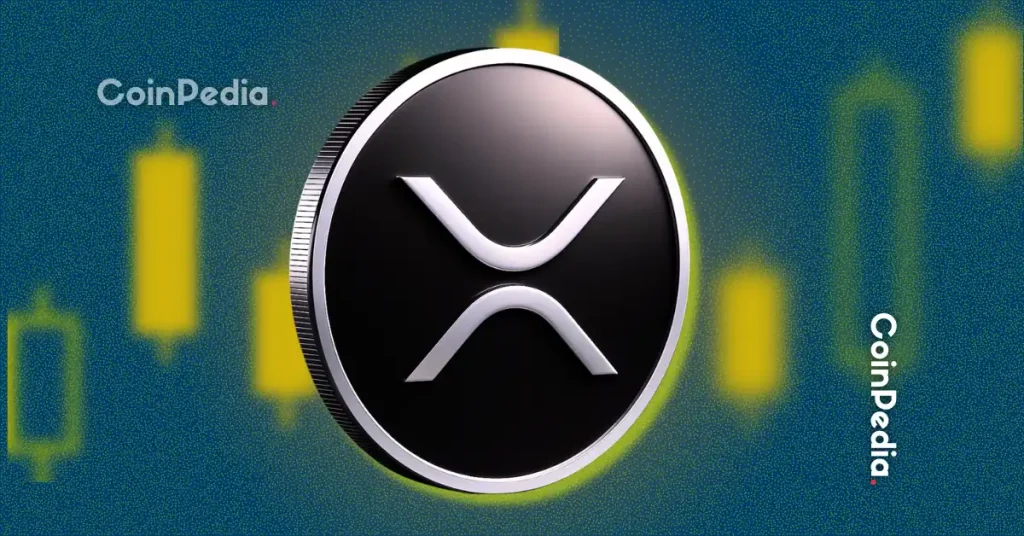
The post XRP News: Why Wall Street May Soon Turn Into XRP’s Biggest Cheerleader appeared first on Coinpedia Fintech News
For years, XRP has lived in the shadow of Bitcoin and Ethereum, often labeled the “bankers’ coin” and dismissed by many in traditional finance. Yet, something is changing beneath the surface. The same institutions that once mocked or ignored it are now quietly preparing to embrace it.
When the United States approved spot Bitcoin ETFs earlier this year, some of the loudest voices cheering the decision came from firms that had long been skeptical of crypto. Asset managers that once warned investors away from Bitcoin are now earning fees from it. Many analysts believe the same playbook will soon unfold for XRP.
One analyst said that once companies like BlackRock and Fidelity can profit directly from an XRP product, the tone will shift. The same firms that spent years on the sidelines will begin talking about the advantages of the XRP Ledger: fast settlement, scalability, and low cost. They will frame it as part of the next evolution of digital payments and decentralized finance.
The retail mindset and the numbers behind it
This shift may align with how new investors already think about value. The psychology is simple: people like owning more units of something. The average person compares numbers, not market caps.
As the analyst explained, a retail investor with $1,000 faces a choice — buy one percent of a Bitcoin or 350 XRP. The math shapes the story. Bitcoin’s market cap sits near $2.5 trillion, while XRP hovers around $180 billion. The gap suggests larger room to grow. Whether or not that logic is perfect, it has real influence on how new money flows into the market.
A changing narrative inside Ripple’s world
For a long time, critics argued that Ripple, the company behind XRP, cared more about its own success than the open-source ledger itself. That narrative is fading.
Ripple’s co-founder and chief technologist, David Schwartz, recently shifted into a new role focused entirely on building decentralized finance applications on the XRP Ledger. The initiative is backed by a $1 billion fund. His move underscores a clear message: development on the ledger, not just corporate adoption, is now a central focus.
That pivot could reshape how the ecosystem grows. Developers are expected to build new DeFi platforms, liquidity tools, and on-chain applications that bring utility back to the token.
Direct buying and a potential supply squeeze
There’s also a new twist in how major players plan to accumulate XRP. Instead of arranging private over-the-counter deals, they’re buying directly from exchanges, the same way retail investors do.
This detail matters. Buying on public markets puts direct pressure on liquidity. More demand chasing the same supply can create what traders call a “supply shock.” If this continues, it could shift the price dynamic in ways not seen before.

 3 hours ago
8
3 hours ago
8





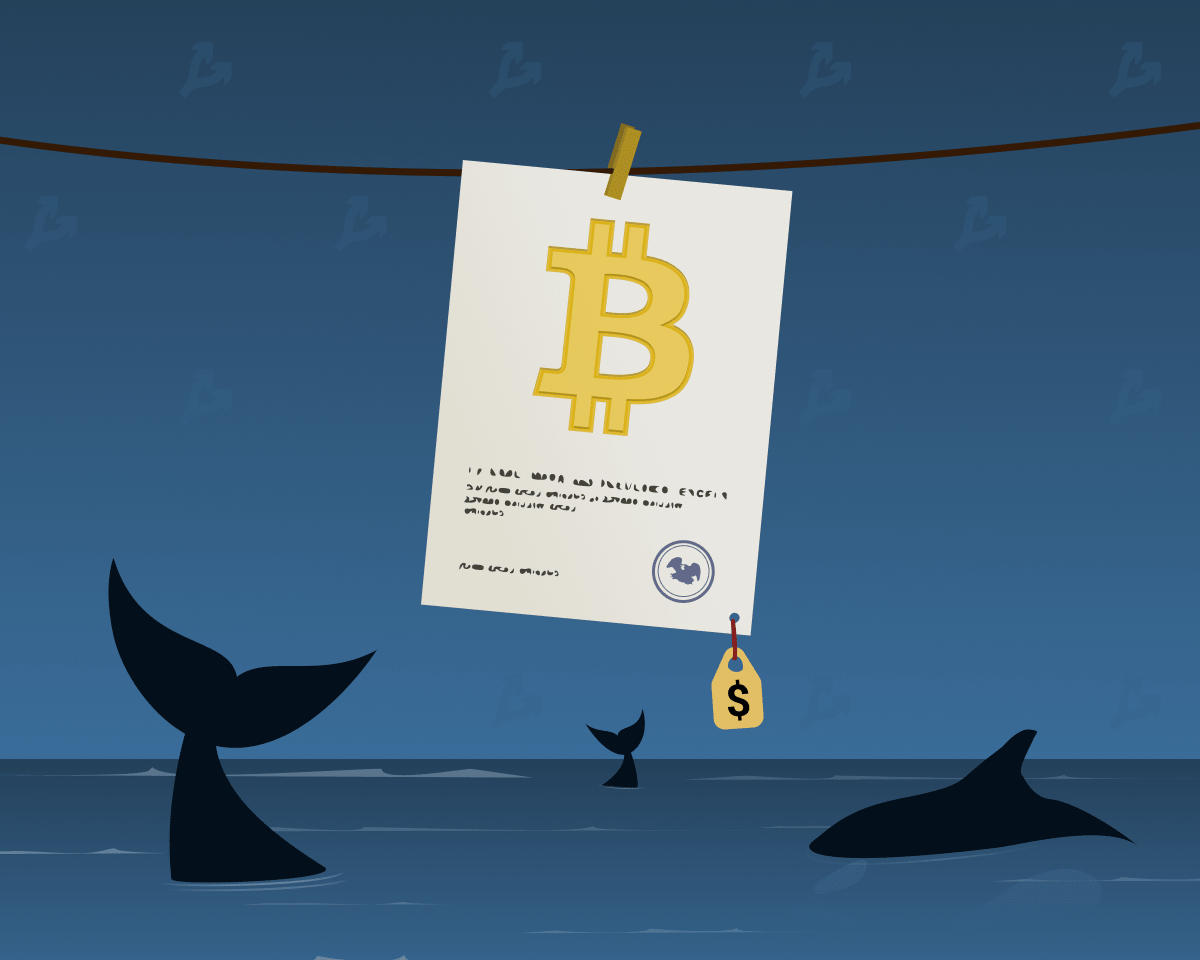



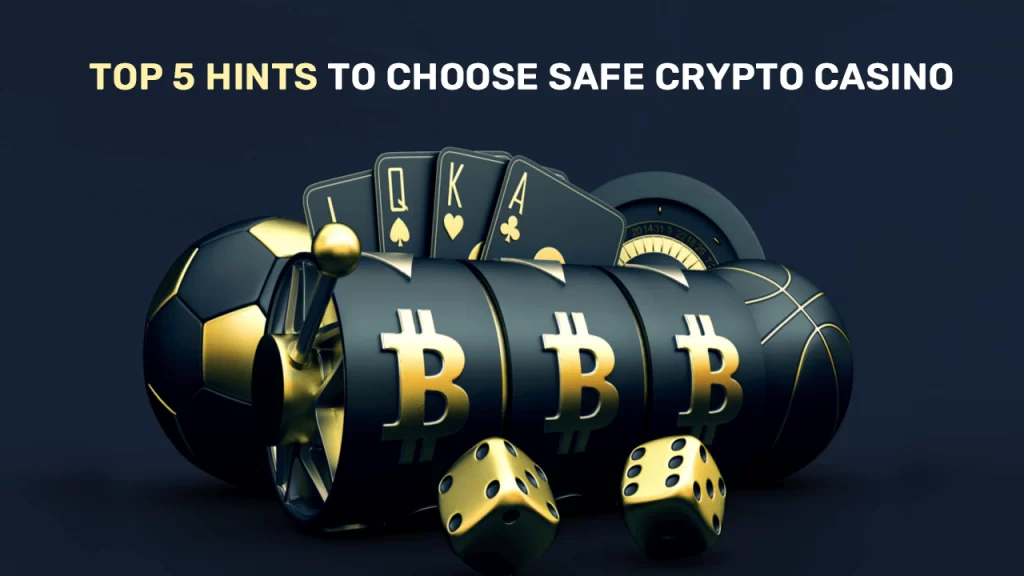
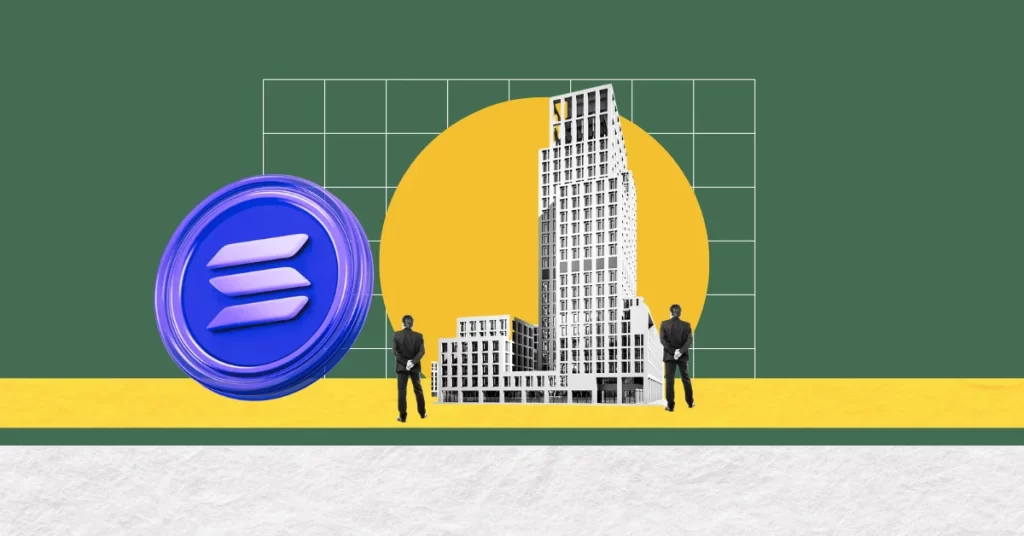
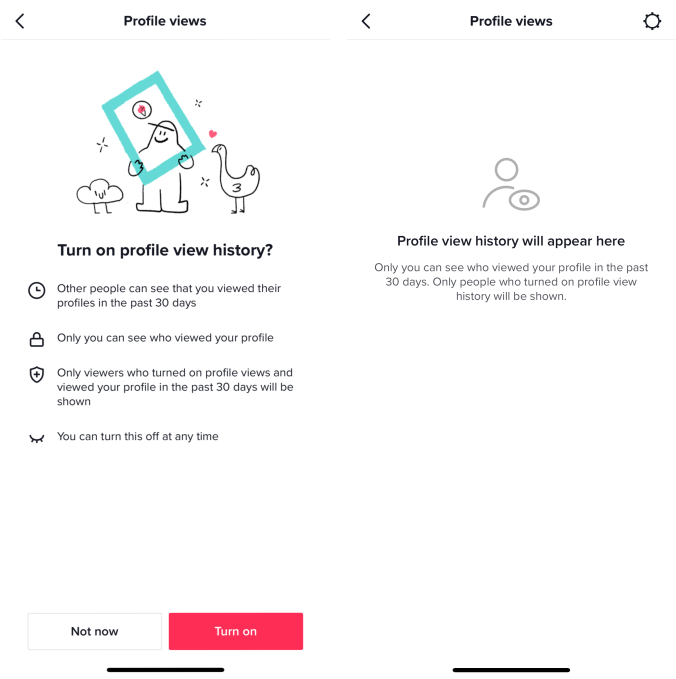


 English (US) ·
English (US) ·